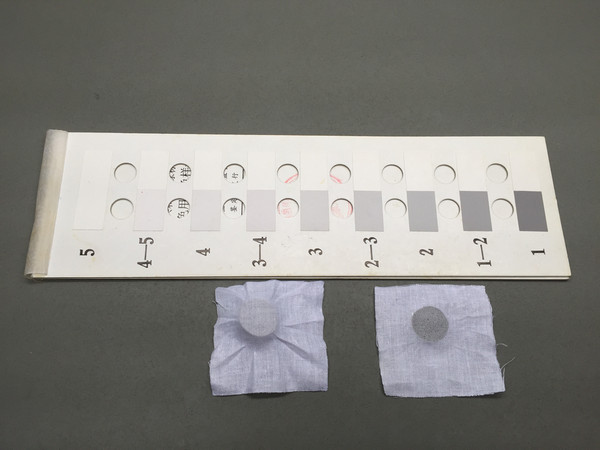- Qinsun Instruments Co., Ltd.
- Tell:+86-21-6780 0179
- Phone:+86-17740808215
- Address:No. 2578 Minhang District Gu Dai Road, Shanghai
- Contact:Mr. Li
- QQ:846490659
What are some common testing standards or requirements for rubbing fastness?

There are several common testing standards and requirements used for evaluating rubbing fastness in textiles. Some of the widely recognized standards include:
1. ISO 105-X12: This standard is part of the ISO 105 series and specifies a method for determining colorfastness to rubbing using a Crockmeter. It provides guidelines for the number of rubs, the pressure applied, and the evaluation criteria for assessing color transfer.
1. AATCC Test Method 8: This method, developed by the American Association of Textile Chemists and Colorists (AATCC), is used to determine colorfastness to Crocking. It involves rubbing the fabric against a white cotton fabric using a specified weight and motion. The evaluation is based on the amount of color transfer.

1. ASTM D6037: This standard, established by the American Society for Testing and Materials (ASTM), outlines the test method for determining colorfastness to rubbing. It involves rubbing the fabric against a white cotton fabric in a specified manner and assessing the degree of color transfer.
1. GB/T 3920: This Chinese standard specifies the method for testing colorfastness to rubbing using a Crockmeter. It provides guidelines for the rubbing conditions, such as the number of rubs, pressure, and evaluation criteria.
These are just a few examples of commonly used testing standards for rubbing fastness. Different industries and regions may have their own specific standards or variations of these standards. It's important to refer to the appropriate testing standard based on your specific requirements or the regulations of your target market.





